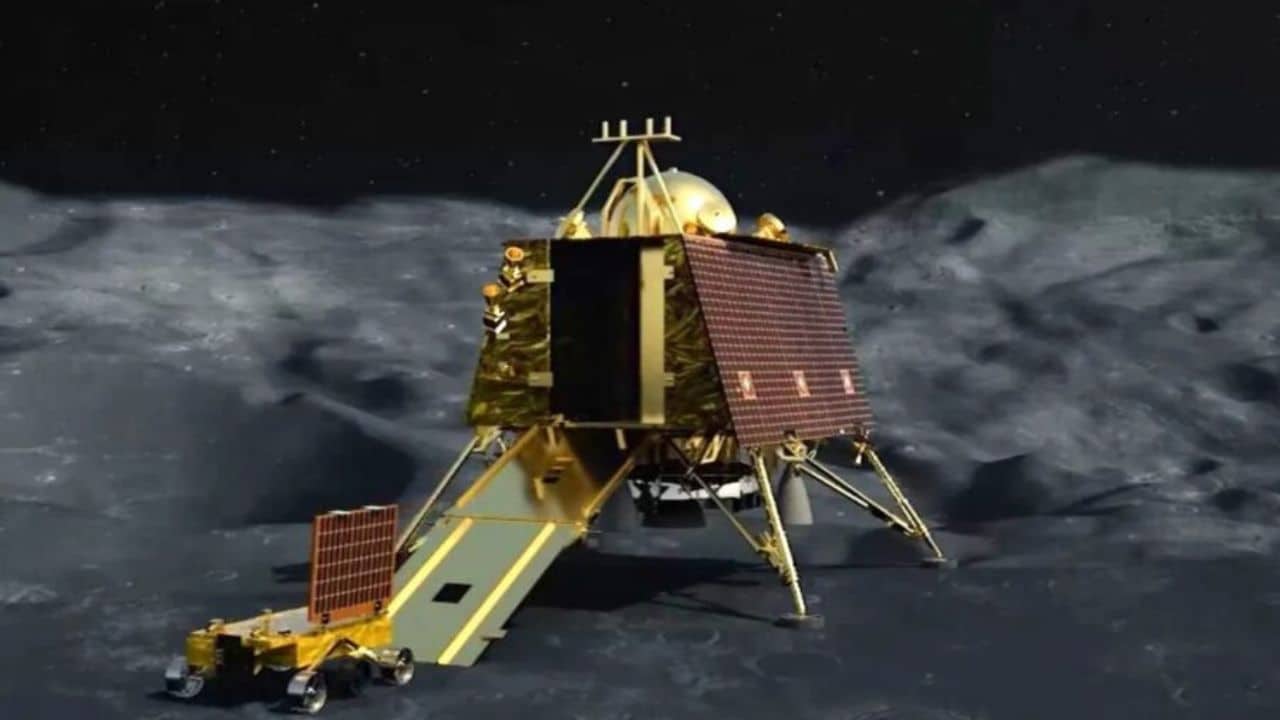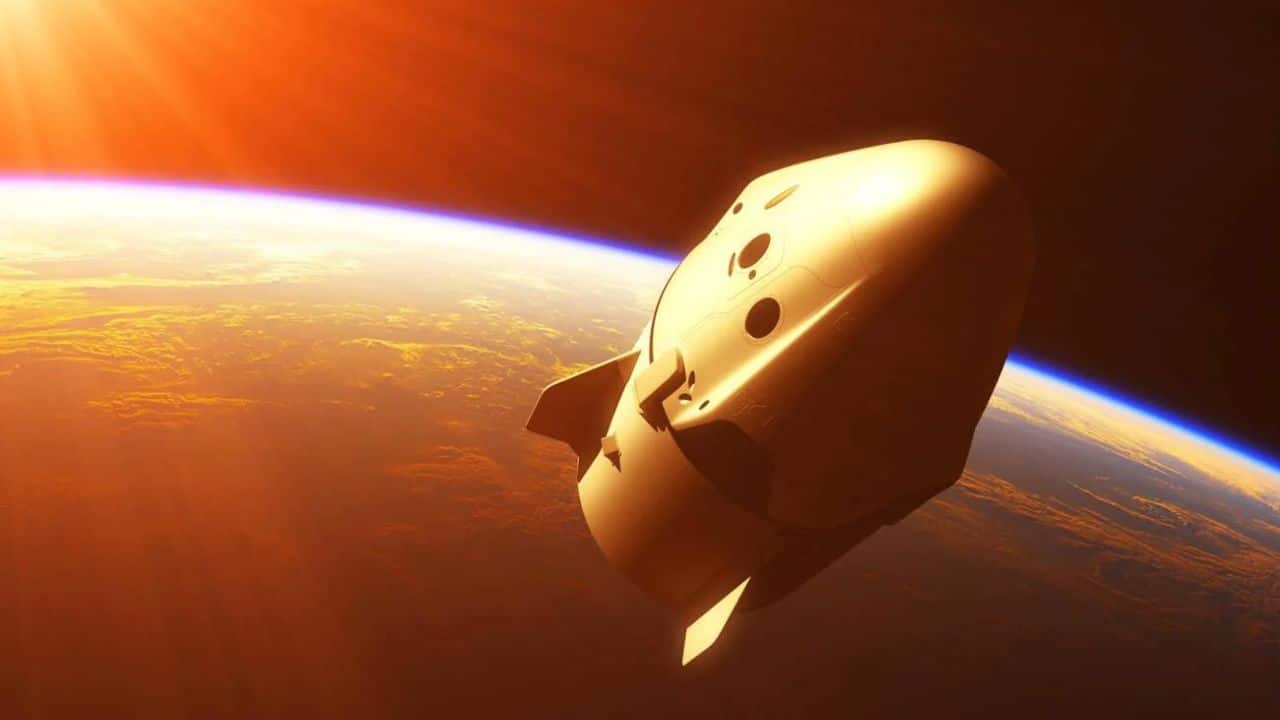Chandrayaan-3’s Vikram Lander Detects Seismic Event on the Moon, ISRO Investigates
In an intriguing development, ISRO (Indian Space Research Organisation) announced on Thursday that their Chandrayaan-3 mission‘s Vikram lander has picked up what seems to be a “natural” seismic event on the Moon. The agency noted that one specific lander payload, known as the Instrument for the Lunar Seismic Activity (ILSA), was the star of the show.
ILSA didn’t just capture the routine operations and movements of the rover and other payloads; it caught something much more exciting. On August 26, 2023, ILSA recorded an event that ISRO believes is a natural occurrence. The source of this mysterious event is now the subject of an ongoing investigation.
As India’s space agency dives deeper into understanding what caused this lunar seismic activity, the scientific community and space enthusiasts alike await further updates with bated breath.
Chandrayaan-3 Mission:
In-situ Scientific ExperimentsInstrument for the Lunar Seismic Activity (ILSA) payload on Chandrayaan 3 Lander
— the first Micro Electro Mechanical Systems (MEMS) technology-based instrument on the moon —
has recorded the movements of Rover and other… pic.twitter.com/Sjd5K14hPl— ISRO (@isro) August 31, 2023
ISRO Shares Key Findings from Chandrayaan-3 Mission: Seismic Activity and Lunar Plasma Measurements.
ISRO (Indian Space Research Organisation) keeps making headlines with its Chandrayaan-3 mission, and their latest updates are no less thrilling. On Thursday, ISRO got into the nitty-gritty of what the Vikram lander’s Instrument for the Lunar Seismic Activity (ILSA) is designed to do. Its main job? Measuring ground vibrations caused by natural quakes, impacts, and even human-made events on the Moon.
The space agency went a step further by sharing a graph on X (previously known as Twitter) to illustrate this. The graph shows the vibrations ILSA recorded as the rover moved around on August 25. But that’s not all—the chart also includes an unexpected blip, a seemingly natural event recorded on August 26, 2023, that’s now under investigation.
But wait, there’s more. ISRO also dropped some news about another payload on the Vikram lander: RAMBHA-LP. It has accomplished something groundbreaking. For the first time ever, RAMBHA-LP has measured the near-surface lunar plasma environment over the Moon’s south polar region. The initial findings suggest that the plasma close to the lunar surface is relatively thin.
As ISRO delves deeper into these tantalizing findings, both the scientific community and space enthusiasts around the world are eager for more updates. One thing is for sure: Chandrayaan-3 is far from done unveiling the Moon’s secrets.
Chandrayaan-3 Mission:
In-situ Scientific ExperimentsAnother instrument onboard the Rover confirms the presence of Sulphur (S) in the region, through another technique.
The Alpha Particle X-ray Spectroscope (APXS) has detected S, as well as other minor elements.
This… pic.twitter.com/lkZtz7IVSY
— ISRO (@isro) August 31, 2023
Chandrayaan-3’s Rover Is Digging Into the Moon’s Soil, and What It’s Finding Is Fascinating.
ISRO isn’t stopping at just seismic activity and lunar plasma studies. In another intriguing update, the Indian space agency has turned the spotlight on another rover payload: the Alpha Particle X-ray Spectrometer (APXS). This handy instrument has been hard at work, analyzing the Moon’s soil and rocks to figure out what they’re made of.
But guess what? APXS is finding more than just the usual suspects like Aluminum, Silicon, Calcium, and Iron. It’s also unearthed the presence of some pretty interesting minor elements—Sulfur, to be exact.
As ISRO continues to analyze these new findings, we can’t help but be captivated by what else Chandrayaan-3 might discover. With each new revelation, it’s clear that the Moon still has plenty of secrets just waiting to be uncovered.






































